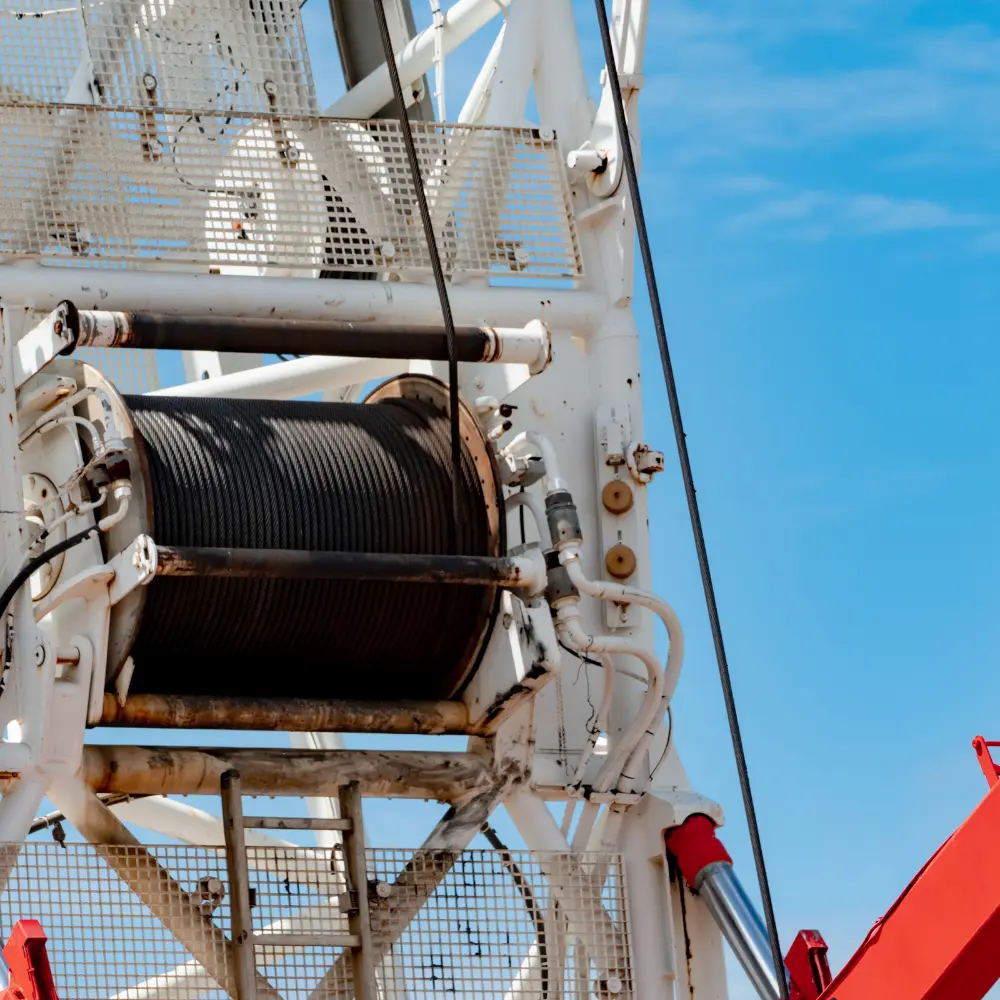 Mitigating stress concentration effects in high-tensile steel wire ropes is a crucial concern for industries relying on these components for heavy lifting and transportation. The integrity and longevity of these ropes directly impact operational efficiency and safety. Understanding and addressing the factors contributing to stress concentrations can significantly improve the durability and safety of these essential components.
Mitigating stress concentration effects in high-tensile steel wire ropes is a crucial concern for industries relying on these components for heavy lifting and transportation. The integrity and longevity of these ropes directly impact operational efficiency and safety. Understanding and addressing the factors contributing to stress concentrations can significantly improve the durability and safety of these essential components.
Application and Maintenance
Proper Installation and Handling
Correct installation and handling practices significantly influence the performance and durability of wire ropes. Ensuring that wire ropes are installed and handled correctly can prevent damage and reduce stress concentrations.
- Avoid Sharp Bends: The wire rope should be installed using appropriately sized pulleys and sheaves to minimize sharp bends that create high local stresses. Ensuring even tension distribution and avoiding kinks during installation is essential.
- Clean Environment: Regular cleaning to remove contaminants such as paper dust, which can degrade lubrication, is crucial. The study observed significant amounts of paper dust on the wire rope, impacting its performance.
Regular Lubrication and Maintenance
Regular maintenance and proper lubrication are vital to preserving the functionality of wire ropes.
- Lubrication: Adequate lubrication is necessary to prevent wear and reduce stress concentrations. The study found that degraded lubricant, exacerbated by paper dust, significantly contributed to the failure.
- Inspection: Developing a rigorous inspection and maintenance methodology is vital. The recommendation includes checking the wire rope every 50 days to prevent catastrophic failures. Regular visual inspections and contaminant removal help maintain the rope's integrity.
Load Management and Regular Testing
Managing the loads applied to wire ropes can prevent excessive stress and extend their lifespan. Proactive inspection and testing are essential for early detection of potential issues.
- Avoid Overloading: Ensuring the wire rope operates within its load capacity is crucial. The rope in the study failed after 53 days while lifting a 10-ton industrial paper roll, despite being used previously for 100 days under similar conditions.
- Hardness Testing: Hardness tests indicated localized hardening associated with plastic deformation. These tests help understand wear patterns and predict the rope's remaining useful life.
Failure Analysis and Continuous Improvement
Analyzing failures and continuously improving processes are vital for long-term success. Understanding the causes of failures and implementing improvements can prevent recurrence and enhance the overall reliability of wire ropes.
- Root Cause Analysis: The failure analysis identified that the wire rope failure started with a wear-deformation mechanism on the outer wires, leading to crack propagation and eventual rupture. Identifying such failure mechanisms helps improve design and maintenance practices.
- Continuous Improvement: Implementing a feedback loop to improve design and maintenance protocols based on lessons learned from failures is essential. This approach helps in developing more robust and reliable wire ropes.
Addressing these aspects comprehensively can effectively mitigate the stress concentration effects in high-tensile steel wire ropes. This enhances the ropes' durability and reliability and ensures safer and more efficient operations across various industries.
Related Reading